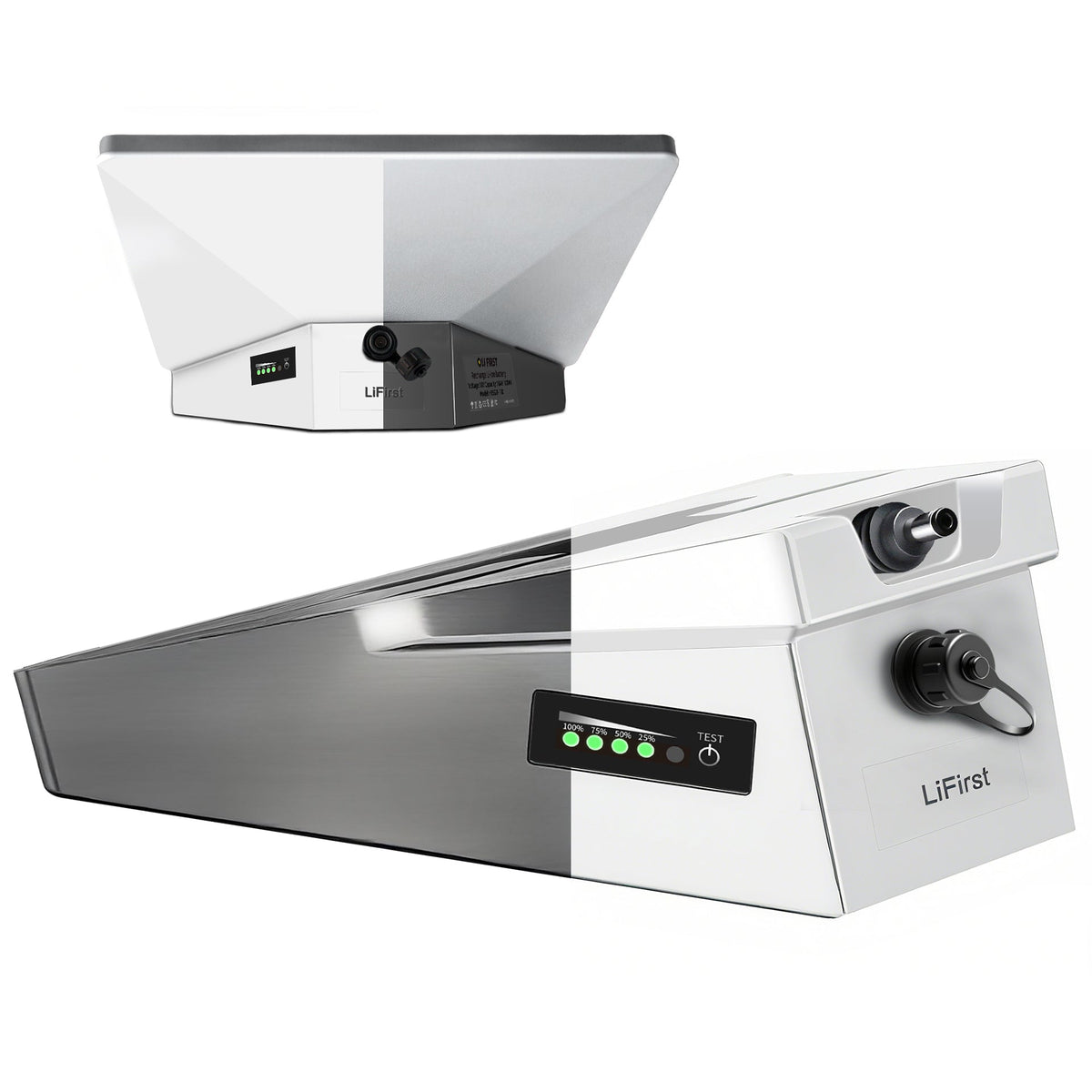Over the past year multiple technical studies and observatory reports have documented unintended electromagnetic emissions from LEO mega-constellations (Starlink prominent among them) that interfere with sensitive radio telescopes — notably the SKA project and its precursors. These findings show both in-band contamination and side-channel noise that can degrade deep-survey science if not mitigated. Astronomers and the SKA community have publicly urged stricter licensing conditions and technical mitigation (beam steering, scheduled blanking, spectral notching, or short transmission pauses during sensitive observations).
South Africa’s SKA-Mid teams and international bodies (IAU’s Center for Protection of the Dark and Quiet Sky) are actively engaging regulators to require operators to limit harmful emissions near radio observatories — this is not a purely academic fight: regulators are listening and some national licensing decisions now include conditions to protect radio astronomy. For commercial users (and sellers of Starlink-compatible gear), the key is: be aware of spectrum/operational constraints in certain countries or regions near major telescopes.
How this matters for customers (practical angle):
-
Operators should expect additional licensing or “no-transmit” windows around certain observatory campaign periods; commercial maritime/energy customers operating near radio observatories should factor this into SLA planning.
-
For content creators/photographers — optical satellite trails are a separate but related problem; SpaceX is cooperating on trajectory info and software, but the community push for stricter brightness limits is ongoing.

0 comments